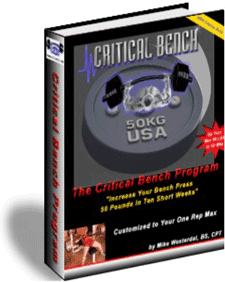OK- Earlier in the week I went over the basics and my philosophy on why I feel that team sport athletes should still be structuring their training around speed and power methods.

"He's fast..Really, really fast!"
Again, it is very common to see many coaches in the early months of the off-season performing tons of conditioning work to their athletes. We're talking weeks after the season has ended; the last thing you would want to do after a season has ended if run your players into the ground even more!!
So, now we're left at a crossroads and that is: Where do we go from here?
I firmly believe that if one is to seek their maximum potential, speed work must be practiced year round. Even if that means in the early stages of off-season training performing 1 speed session a week! Running fast is a SKILL and can be learned and taught- BUT, like any skill, it must be practiced with repetition- and here's the kicker- SPEED WORK MUST BE CONDUCTED WITH COMPLETE RECOVERY BETWEEN EFFORTS. Basically, you must ensure that every rep you perform is with quality- form, relaxation, effort, etc. Rest time is variable, but most of the time an athlete that is in a true speed workout will get complete rest to ensure that the next repetition is of equal quality.
Rule #1: Speed Training must ensure QUALITY over QUANTITY.
Now, that principle is in place. So you may be asking yourself.. "OK so if we are going to get faster, how do we structure workouts around speed work, etc?"
IMO, again if speed is your number one priority in the training cycle, then it must precede any other work you are planning to do on that training day. It is common to perform weights and sprints in the same day. So it is simple: perform the speed work first, then head to the weight room and get that done. You kill two birds with one stone in that A.) The athletes were fresh for the speed training B.) The athletes are fairly warm from the speed work- this eliminates substantial warm-up time for weights.
Now, the last topic I will touch upon for today is a basic weekly training plan. I firmly believe in the CFTS- The Charlie Francis Training System CFTS, which basically means placing high intensity training elements together on one day (high intensity elements include speed work, plyometrics/jump training, heavy weight training, etc) and the Low Intensity elements together on a given training day (extensive tempo runs- efforts with incomplete recovery at 75% or less of best time over a given distance, general fitness work, submaximal/light weight training, etc).
I think I may have went off on a bit of a tangent here, but hey I could talk about this stuff all day. Please stay tuned for Part III of this discussion where I will discuss sample training weeks, WHY and WHEN I choose to follow the methods I do, how to structure an entire off-season, and much more.
If you are involved in team sports, I recommend coming back for this final part III!
In the meantime, take a minute and head over to Kelly Baggett's higher-faster-sports.com webpage to see excellent articles, and a great product entitled The No Bull Speed Manual. It can be found here No Bull Speed Manual Of all the resources out there, this is one that is very easy to comprehend, lays out training templates, and follows the principles that I discuss here. I have it and highly recommend it as Kelly is one of the smarter coaches in this industry!
Again, take care and please stay tuned for Part III.
See ya in a couple days!
-John Cortese













No comments:
Post a Comment